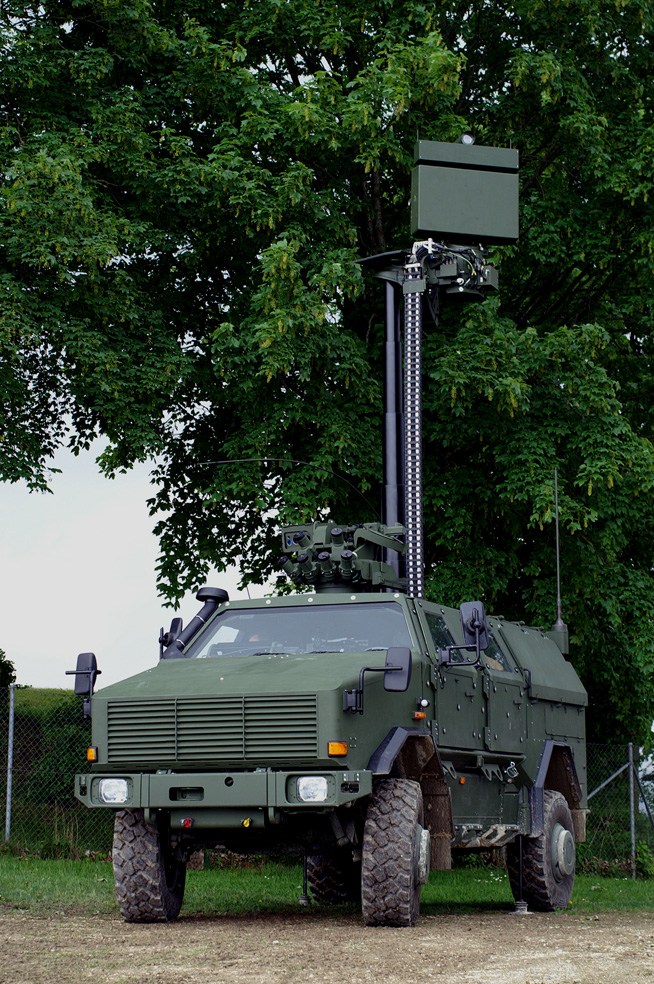WASHINGTON, Nov. 3, 2011 — The bottom-line message of a report the Defense Department submitted to Congress this week is that the U.S.-India security relationship is strong and getting stronger, the deputy assistant secretary of defense for South and Southeast Asia said here yesterday.
Robert Scher briefed reporters on the U.S.-India Security Cooperation Report, submitted to Congress on Nov. 1.
President Barack Obama called the relationship between the United States and India one of the defining partnerships of the 21st century. “The U.S.-India relationship is a priority for the U.S. government and for the Department of Defense, because we believe that a strong bilateral partnership is in the United States’ interests and benefits both of our countries,” Scher said.
It is only in the past decade that the relationship has grown. During the Cold War, India led the nonaligned movement, but tilted toward Moscow. Following the dissolution of the Soviet Union, Indian leaders rethought their strategy and moved toward the United States, Scher said.
Since 2004, “what was once a nascent relationship between unfamiliar nations has evolved into a real partnership between two of the pre-eminent powers in Asia,” he added. “Today, U.S.-India defense ties are strong and growing. Our military-to-military engagement has increased steadily over the past 10 years, and now includes a robust slate of dialogues, military exercises, defense trade, personnel exchanges and armaments cooperation.”
The deputy assistant secretary quickly pointed out that the security ties are just one facet of the overall relationship between the world’s oldest democracy and the world’s largest democracy. “We believe that our engagements today will help as India takes on a greater leadership role in South Asia, the Indian Ocean region and globally, on a range of issues,” he said.
Scher called the relationship between the two nations unique, and he stressed that the United States wants, “a partnership of equals, where India is enmeshed in the world as a key actor, and in regional security architectures, where we can and we do work together on shared interests.”
The nine-page report highlights the positive trajectory of U.S.-India security cooperation, Scher said, emphasizing that the report focuses strictly on security cooperation.
“This by no means captures the entirety of the U.S.-India relationship,” he told reporters. “For instance, although we don’t mention it in the report, the U.S. Department of Defense does and will continue to support cooperation led by our interagency partners on issues such as countering weapons of mass destruction, to include nuclear security and nonproliferation, as well as cooperation on peacekeeping, space and counterterrorism.”
The report details the breadth and depth of the U.S.-India exercise program and the extent of military-to-military contacts between the two nations. It also addresses operational cooperation on humanitarian assistance and disaster relief and counterpiracy and other maritime security. “These are two of the areas where we see the most potential to advance our cooperation with India,” Scher said.
The report highlights some military sales, including the recent sales of C‑130J and C‑17 aircraft to India.
“The report also discusses the importance of personnel exchanges, which is really one of our highest-priority issues,” Scher said. “Our goal is to look for opportunities to enable further training and exchanges between our two defense establishments in order to increase exposure and familiarization of our service personnel to each other’s countries. History has shown time and again the importance of these personal relationships.”
The report touches on the way forward for the relationship, detailing a five-year plan to enhance bilateral security. The United States would like to improve and expand the relationship in four areas, Scher said: combined military exercises, defense trade and support for India’s military modernization, cooperation in areas such as humanitarian assistance, and disaster relief and cooperation with other Asian partners.
“The goal across these areas of cooperation is not necessarily to do more, but rather to find ways to make our cooperation mutually beneficial and to broaden the already strong foundation of the defense relationship,” he said.
Source:
U.S. Department of Defense
Office of the Assistant Secretary of Defense (Public Affairs)

 von
von 